2014.03.10 22:16
10 March
Last night and early this morning, I read Sarah Williams Goldhagen's "Something to Talk About: Modernism, Discourse, Style" (JSAH, June 2005), where she sets out the prospect of (historians) addressing "What was, or is, modernism in architecture?" by "conceptualizing modernism in architecture as a discourse centered on the problem of how the built environment should be constructed to grapple with and respond to, rather than reject or ignore, the complex phenomenon of modernity [thus repositioning] it as a broad, deep, fundamental, yet also explicable social and cultural formation." Basically, Williams Goldhagen wants to see [the history of] modernism in architecture include all the "other" designs (by modernist architects) that are not done in the generally accepted modernist style. The desire is for a more honest rendition of modernism in architecture, but, yet, there also seems to be a subliminal assumption that (the history of) modernism in architecture would likewise provide a full history of architecture of the last 100 years. Wouldn't the most honest history of (roughly speaking 20th century) architecture include all the styles designed/produced over the last 100 years?
To be continued...
2014.04.02 21:45
2 April
2008: Gothic [architecture] is a passion play, whereas Baroque [architecture] is a double theater.
2014: A significant component of architecture today is manipulation of solid geometries[?].
manipulate
1. to handle or use, esp. with some skill, in a process or action: to manipulate a pair of scissors
2. to negotiate, control, or influence (something or someone) cleverly, skillfully, or deviously
4. (in physiotherapy) to examine or treat manually, as in loosening a joint
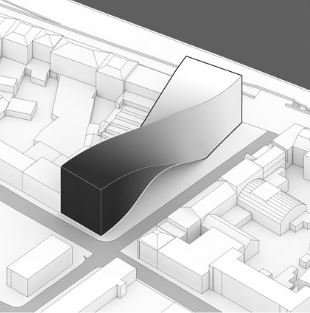
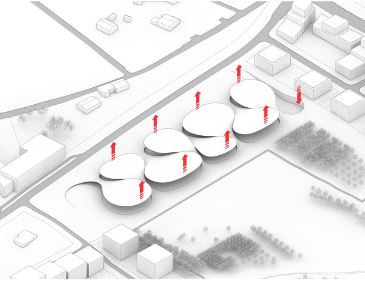
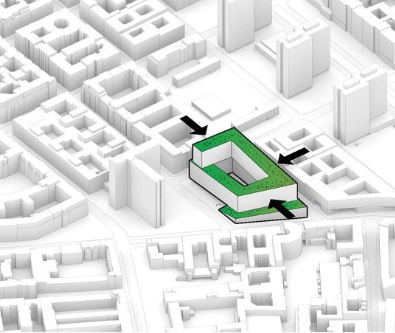
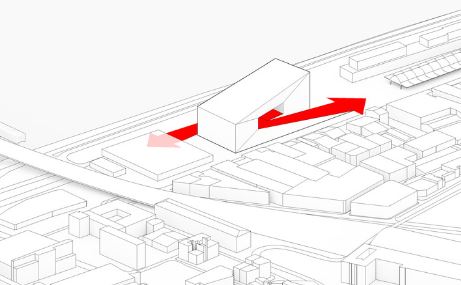
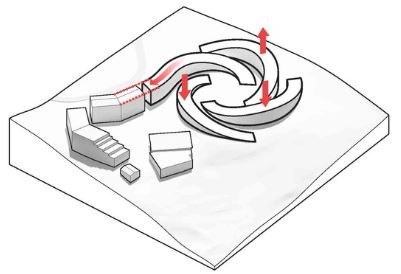

Got to looking through the works of BIG after a few perusals through Operative Design: A Catalogue of Spatial Verbs. Does this type of 'operation' mostly boil down to a manipulation of solid geometries?
I want to say manipulation of solid geometries as opposed to articulation/concatenation of solid geometries.
Are St. Pierre Firminy-Vert and Acadia National Park Headquarters Building kind of precursors of solid geometry manipulation? Same question regarding 'the fold'.
| |
2014.04.03 09:49
2 April
...this is the write-up you suggest: ARCHITECTURAL THEORIES /// Critique of a new “post-ideological” Architectural Paradigm. Not sure, however, how well it describes the process, nor how in-depth (or accurate) the commentary critiques are either. Thanks nonetheless, because it makes me realize that what I'm interested in how this design approach is something different than the approaches to architectural design up to now, as well as how it fits into the history of design methodology in general--note how I see precedents in some 1960s designs (as opposed to the 'Seventies').
...see BIG's Art Cluster Arhnem where...
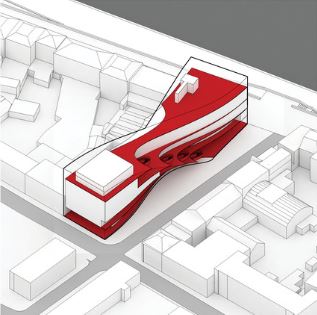 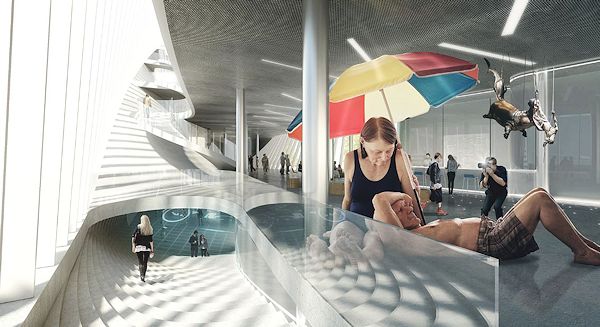
...the interior is not the residual of the exterior geometry chosen--to the contrary, a very inventive interior (had to be) developed because of the manipulated solid geometry. As to "What about that shape says *plaza* to you?", I ask, "What about any shape says *plaza*? As far as I'm concerned, an unconsidered shape can be a (good) plaza just as much as a considered shape can be a good plaza, and it might even be true that considered-shape-plazas have a higher failure rate.
Anyway, this notion of exterior/interior got me thinking of a 1979 school project, a Clay Worker's Co-op for a site in Olde City, Philadelphia:
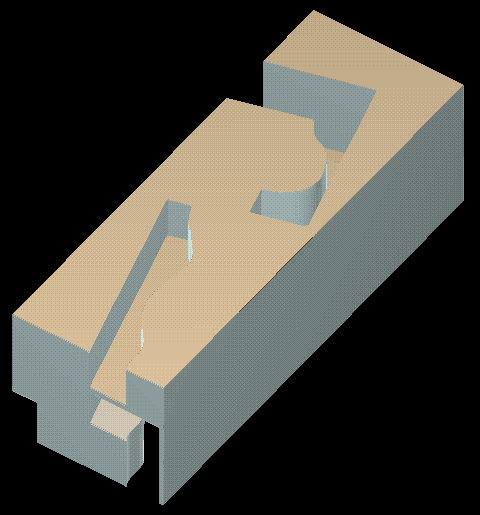 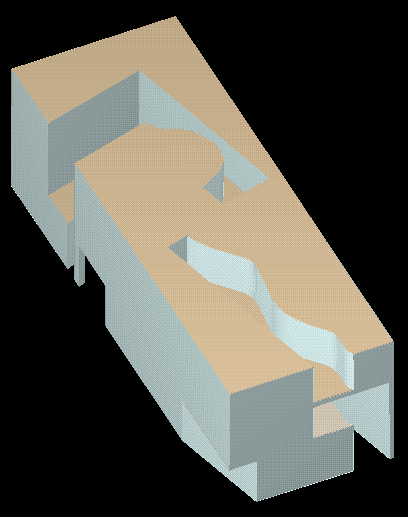
which manipulates a solid geometry via carving out, which I see as not quite the same as the present-day solid geometry manipulation. And it's exactly what makes that difference that I would like to more fully understand.
| |
2014.04.10 21:56
Frank Gehry unveils plans for his first buildings in England
I do not have an aesthetically based intellect. I have a design based intellect. There is a difference.
2014.04.10 22:12
Frank Gehry unveils plans for his first buildings in England
aesthetics: outward appearance: the way something looks, especially when considered in terms of how pleasing it is
design
verb (used with object) 1. to prepare the preliminary sketch or the plans for (a work to be executed), especially to plan the form and structure of: to design a new bridge.
2. to plan and fashion artistically or skillfully.
3. to intend for a definite purpose: a scholarship designed for foreign students.
4. to form or conceive in the mind; contrive; plan: The prisoner designed an intricate escape.
5. to assign in thought or intention; purpose: He designed to be a doctor.
6. Obsolete . to mark out, as by a sign; indicate.
verb (used without object) 7. to make drawings, preliminary sketches, or plans.
8. to plan and fashion the form and structure of an object, work of art, decorative scheme, etc.
noun 9. an outline, sketch, or plan, as of the form and structure of a work of art, an edifice, or a machine to be executed or constructed.
10. organization or structure of formal elements in a work of art; composition.
11. the combination of details or features of a picture, building, etc.; the pattern or motif of artistic work: the design on a bracelet.
12. the art of designing: a school of design.
13. a plan or project: a design for a new process.
2014.04.11 11:01
Frank Gehry unveils plans for his first buildings in England
... if any of my work(/linkages) are a source of valor, it is because I actually did the intellectual work--without doing the work there would be no valor. Thus, there is valor in all you propose above (Apr 10, 14 8:03 pm) only if you actually do those things. There's not much valor in just writing it down and then suggesting that that's what others should do. Relatedly, if you look at my last comment on Schumacher, you'll see that I see his complaints as misplaced/misdirected because his actual work suggests, for me at least, a much better value/source of valor. Furthermore, my mention of 'impatience with history' means Schumacher seems to seek glory for his work rather than deriving a better valor from his work. So again we see that valor is integral with and only derived from the actual doing.
2014.04.11 11:13
Frank Gehry unveils plans for his first buildings in England

There's no question that the style of 1960s cartoon futurism has crept into (some aspects of) contemporary architectural design, but the really distinctive part of 'Jetsons' architecture is the sparse use of super tall pilotis that release architecture from terra firma. I doubt architecture on Earth will ever be that free of gravity, although Koolhaas/OMA often push exactly that gravity boundary with their designs.
| |
2014.07.07 13:54
7 July
Herzog & de Meuron in Mexico right on the U.S.A. border:
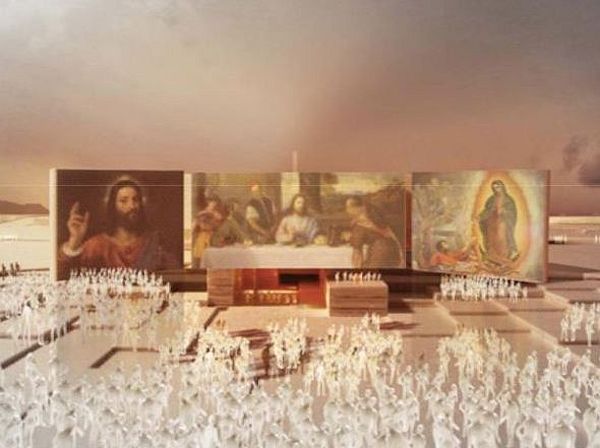
2004.05.19:
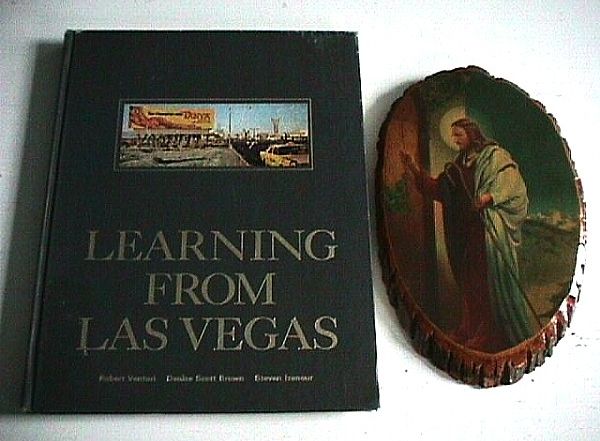
2014.07.14 14:20
religious architecture by non-religious architects
I'm not sure if John Hejduk became more religious toward the end of his life, but his architecture certainly did. There are a good number of religious building designs toward the ends of both Adjusting Foundations and Pewter Wing, Golden Horns, Stone Veils. Cathedral (1996) is considered one of his last works.
2014.07.14 15:45
religious architecture by non-religious architects
you can start by reading Hays' essay in Sanctuaries: The Last Works of John Hejduk--I read it like five years ago and honestly don't remember any real specifics, but Cathedral (1996) is fully featured there, yet I kind of remember thinking Hays' analysis didn't give Hejduk's architecture full justice. (I don't own the book, so I can't say more at this time.) Nonetheless, it is at least one place to read about Hejduk's work. Otherwise, you just have to 'study' Hejduk's last books and basically 'read' all the drawings. Not too long ago I noticed that Hejduk's religious architecture elaborates Le Corbusier's church at La Tourette and St. Pierre at Firminy-Vert, and that's the line of inquiry I'm following in my own 'research'. Other than that, I believe Hejduk died of cancer (in 2000), and thus I have wondered whether his illness played a part in the ongoing appearance of religious architecture in his work toward the end of his life. (Perhaps Hays makes reference to all this as well.)
| |
2014.08.14 11:47
Inspirational Images
I love (doing) art/architecture of bad analogies, misplaced logic, incorrectly applied language, and the act of copy pasting! It's not exactly risky, but it surely eliminates mediocrity.
You'll find it all at the Cut & Paste Museum...
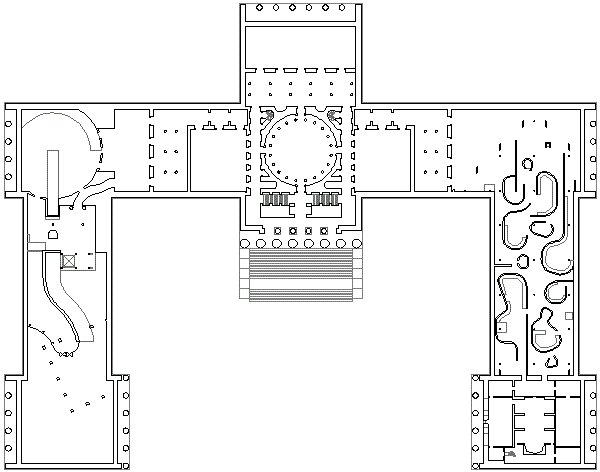
etc...
2014.08.15 08:39
The Militarization of U.S. Police
I'd say the 'militarization' is a 'logical' byproduct of manufacture and sales of weapons being one of the top-most businesses of the US. Police forces all across the country just became part of the weapons industry's ever-expanding marketplace.
2014.08.22 10:05
Architects can now be held liable for building defects, rules California Supreme Court
"Oh, that's not my architect. That's my legal loop-hole. And the cheapest legal loop-hole at that. Worth every penny, literally."
2014.08.22 10:59
Screen/Print #21: Log 31, "New Ancients"
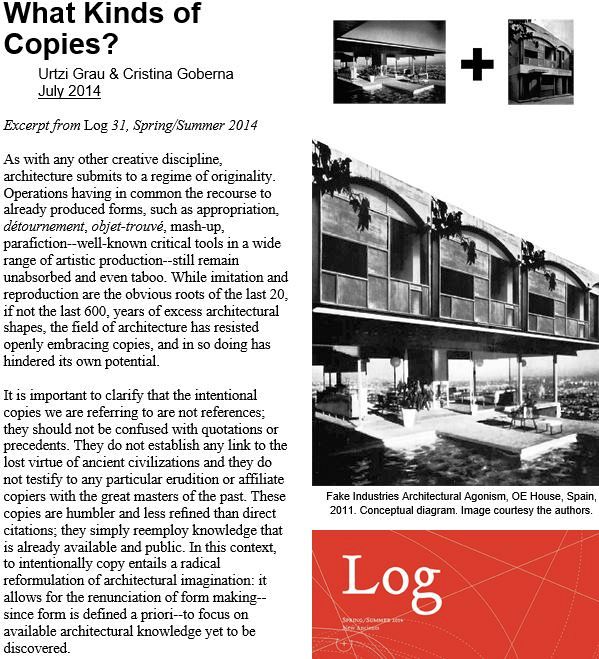
Does "What Kinds of Copies?" give any credit to Quondam's HQ of DATA as first featured here at archinect/forum within "The Official Paradigm Shift Thread" mid-May 2008?
as of 2008.05.05
HQ of DATA
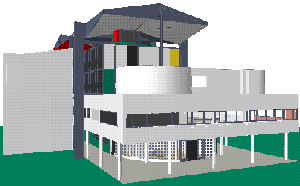 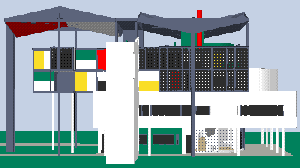
Department of Architectural Theory Annexation
(in less than 40 kb)
"Hey, do you mind taking a picture of me in front of a paradigm shift on top of a paradigm shift."
|